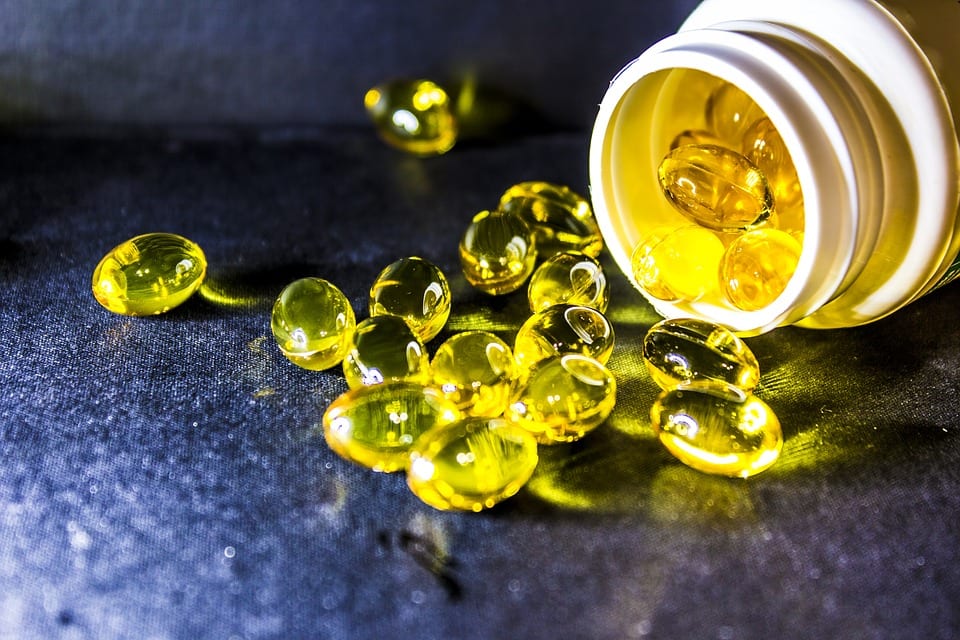 So what is omega fatty acids?
So what is omega fatty acids?
First, a little chemistry: fatty acids for fats, like bricks for brick wall.
All fatty acids consist of an even number of carbon atoms attached to the chain through one. If between carbon atoms single bond – this makes the fats saturated, as is the case with butter. When the double bonds of the fat is unsaturated. Omega 3, 6 and 9 – all varieties of natural unsaturated fats, which most experts believe is more useful than saturated fats (provided that they are not turned into TRANS fats).
Go back for a second to the chemical chain. The beginning of the carbon chains is called the alpha end, the opposite end is beta end. Omega-3 contains in its title the number 3, since the double bond of the molecule is three carbon atoms from the omega end (for this analogy you can imagine why the other fatty acids contain the numbers 6 and 9 in their names).
If this chemistry you smutylo – well, if the sight swam in the text – nothing too terrible. It’s really important to understand about these fatty acids is their nutritional value.
Omega-3 fatty acids
Our body is unable to make them yourself, so these fatty acids can only be obtained from food or supplements – otherwise you face a deficiency, says Angelo. There are three main types alpha-linolenic acid (ALA), EPA and DHA. ALA is Found in plant foods, such as, walnuts, Chia seeds and flax, and in some enriched eggs.
EPA and DHA are found in fatty fish, such as salmon, mackerel and herring. EPA is opposed to inflammatory processes and probably reduces the risk of such disorders as heart disease, cancer and rheumatoid arthritis. DHA is extremely important for the brain.
Conclusion: omega-3 you need, useful, and insufficient in your diet (most likely). The American heart Association recommends at least 2 servings of fatty fish a week. “Ideally, a quarter of all fat you eat should be omega-3 fatty acids,” says Angelo.
Omega-6 fatty acids
As in the case of omega-3, the body does not produce these acids, so they need to get food. And here all most likely is fine, and even more necessary.
Omega-6 is mostly found in vegetable oils such as sunflower, sesame, peanut and soy. “The majority of the fats that consume Americans have a high content of omega-6 and saturated fats,” explains Angelo. She also adds that although omega-6 play an important role in the body, if a lot more of them than omega-3 fatty acids, you run the risk, on the contrary, increase the risk of inflammation. “Often people consume omega-6 in 15-25 times more omega-3”, she adds.
Conclusion: omega-6 fatty acids are healthier than saturated fats, and you need them in a certain amount. But the excess of their rather hurt, so the amount of these fats in your diet it is better to limit.
Omega-9 fatty acids
Unlike omega-3 and omega-6, omega 9 is not considered essential fatty acids. Our body is able to produce them independently, so even if you don’t get them from food, deficiency can not be afraid. Omega-9 are found in sunflower oil, almonds, avocados and olive oil (Yes, it contains omega-3 fatty acids and more omega-9).
“Omega-9 in the list of essential substances is not a member, but they have, no doubt, and useful qualities,” says Angelo. For example, they lower cholesterol . The latest research shows that some foods rich in omega-9, such as avocado, may play a role in lowering the risk of diabetes and heart disease.
Conclusion: nice if omega-9 there is a place on your plate, as they are a good source of energy and bring some bonuses to your health. But we should not throw them at all serious: they are not needed, and the calories of them may be unnecessary for you. A couple of slices of avocado in a salad? Great. A whole bowl of guacamole? Not worth it.
Image credit: frolicsomepl
